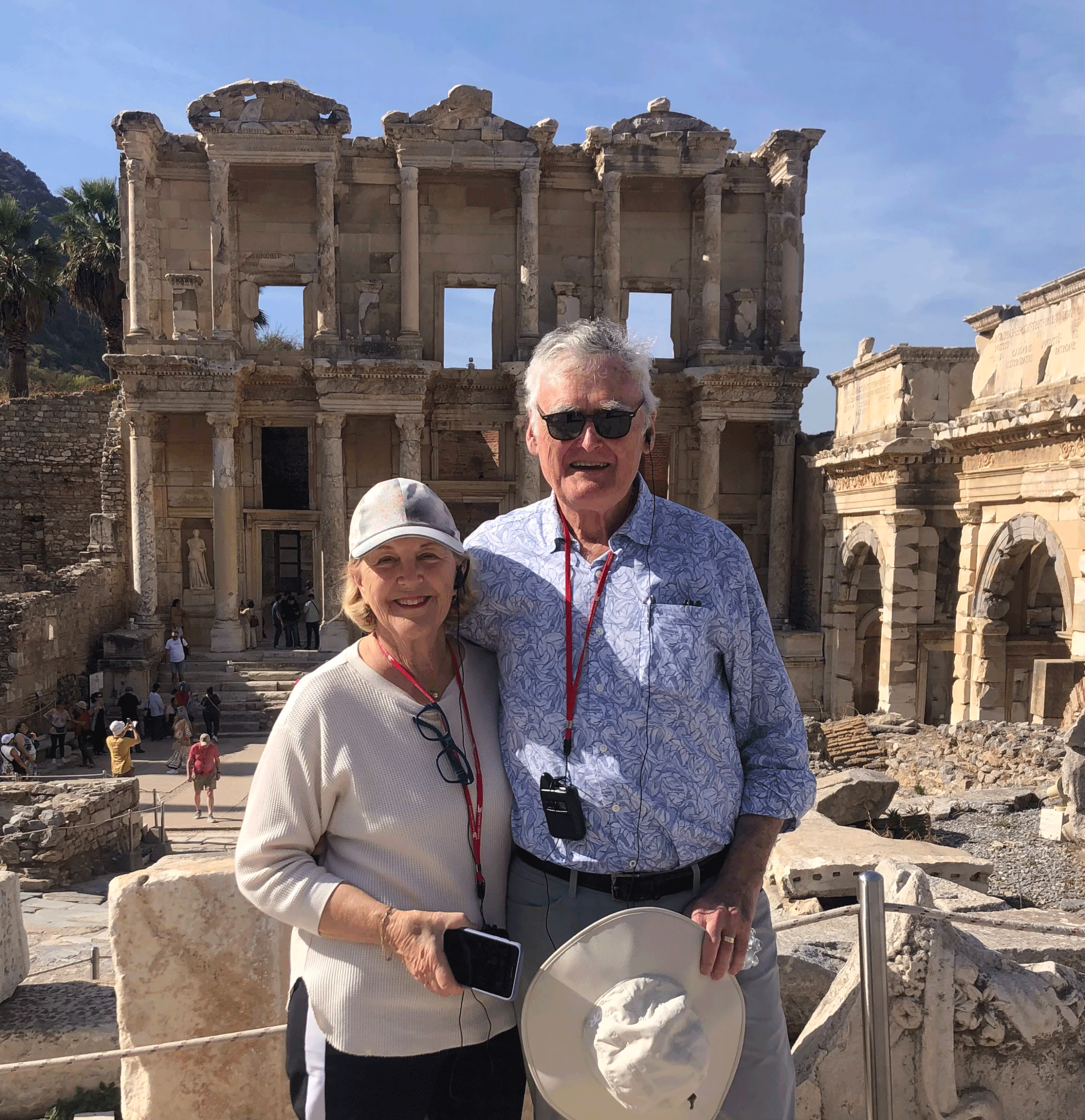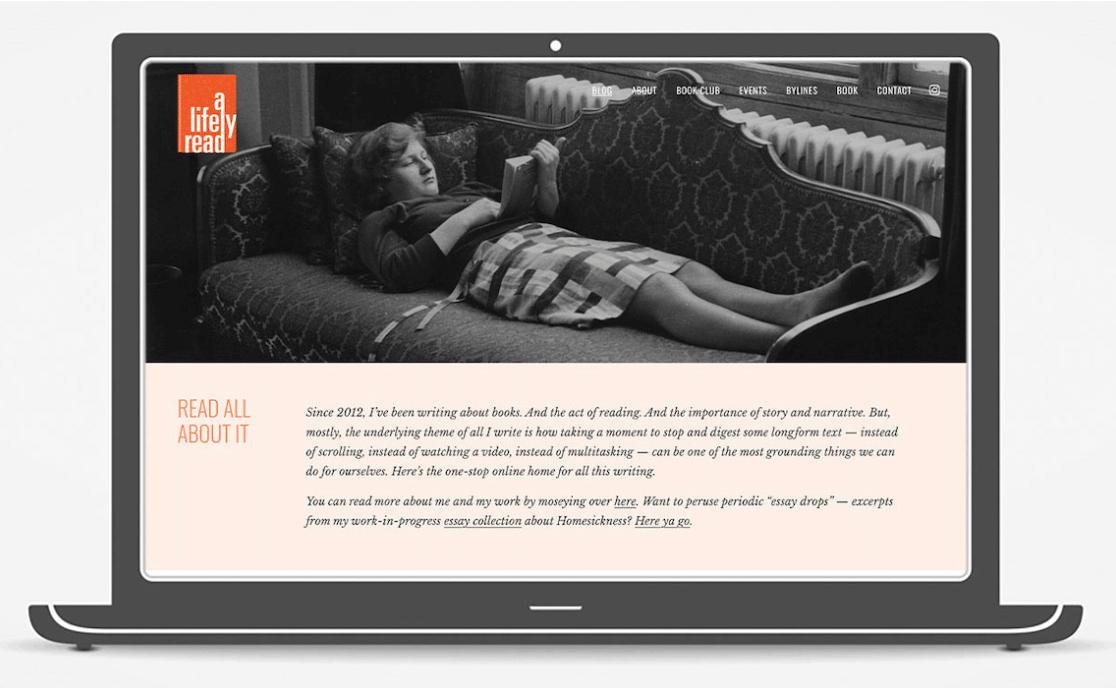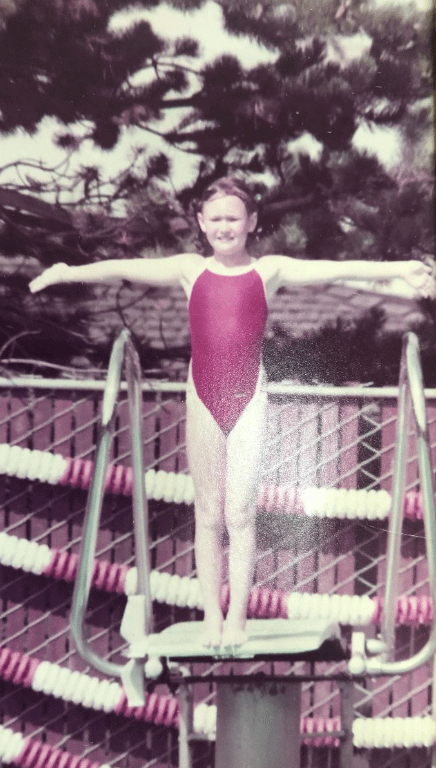
READ ALL ABOUT IT
Since 2012, I’ve been writing about books. And the act of reading. And the importance of story and narrative. But, mostly, the underlying theme of all I write is how taking a moment to stop and digest some longform text — instead of scrolling, instead of watching a video, instead of multitasking — can be one of the most grounding things we can do for ourselves. Here’s the one-stop online home for all this writing.
You can read more about me and my work by moseying over here. Want to peruse periodic “essay drops” — excerpts from my work-in-progress essay collection about Homesickness? Here ya go.

Shelfies: My Mom and Dad
From Newsletter Issue No. 22:
I’m not on TikTok (thankgoodness) or on this particular “side” of Instagram, but I know that “Day in the Life” content is popular. Everyone likes a good, soup-to-nuts look at the benign details of someone’s life, because — let’s face it — it’s the supposed “benign details” that provide the structure for everything…

I Have a New Website
From Newsletter Issue No. 21:
About seven months ago, I was sitting in my parents’ living room and pounded out the following statement on my laptop…

Connected. Curious. Good.
From Newsletter Issue No. 20:
“Reading deepens. Social media keeps you where you are. Reading makes your mind do work. You have to follow the plot, imagine what the ballroom looked like, figure the motivations of the characters—I understand what Gatsby wants! All this makes your brain and soul develop the habit of generous and imaginative thinking. Social media is passive. The pictures, reels and comments demand nothing, develop nothing. They give you sensations, but the sensations never get deeper. Social media gets you stuck in you. Reading is a rocket ship, new worlds.” — Peggy Noonan

Reading Our Way to Better Taste
From Newsletter Issue No. 19:
In July, the New York Times published a comprehensive roundup of “The Best Books of the First Quarter of the 21st Century.” How were these titles agreed upon? Well, they were “voted on by 503 novelists, nonfiction writers, poets, critics and other book lovers — with a little help from the staff of The New York Times Book Review.

Life’s a Journey
From Newsletter Issue No. 18:
In 1985, a movie called The Journey of Natty Gann debuted, and I thought it was the Greatest Thing Ever. I even wrote about it in the journal my teacher required us to keep. (That said, I think on this particular day all I wrote is “I watched a movie called The Journey of Natty Gann.”) It turns out that John Cusack was in it, but my fourth-grade self had no idea who he was or that he was on his way to being iconic Lloyd Dobler in Say Anything. I saw it with my mom in a theater in Seattle’s Southcenter mall, which was nowhere near our home, so the only thing I can think of is that we saw it en route to or from my grandparents’ house. Ergo, it truly felt like a proper “outing” — maybe we were doing some back-to-school shopping. I have a vague recollection of being in a fussy mood (not uncommon in that era, I’m sorry to say, especially when it came to clothing), but the film calmed me. Call it my journey from brat (Bratty Gann?!) to curious 9-year-old film connoisseur.

Challenge Accepted
From Newsletter Issue No. 17:
I like a new year — I think most people do, yes?

I’m a Reader: Here’s My Response
From Newsletter Issue No. 14:
The other day, I came across a draft of my thesis for my masters program. I have a MA in Media Studies, and in 2003 — just a few months before I had my first child (timing is everything!) — I completed an ethnography of a group of children of immigration in one neighborhood in Charlotte, NC and how their media preferences were shaped. Because of guidance from my advisor, I used a framework from a book called Is There a Text in This Class? by the scholar Stanley Fish as a way to frame my own work. In academic circles, Fish is known as one of the main proponents of something called Reader-Response Criticism. The Cliff Notes version of RRC is that the main lens through which to view literature is the reader and his or her experience as opposed focusing on the author. In the introduction to Is There a Text in This Class? Fish writes…

Fiction, Reality, and The Beautiful South
I’m really intrigued by “the role of the reader,” but on the flipside, I’m also very intrigued by how “real life” infiltrates fiction — or not.

I Finally Read American Dirt
From Newsletter Issue No. 13:
Remember when a little novel called American Dirt by Jeanine Cummins was published in 2020? It was a much-anticipated work of fiction that was meant to shed light on and give voice to people who found themselves in the crosshairs of the migration crisis happening at the border between the United States and Mexico. Oprah selected it for her book club. Stephen King provided a blurb and called American Dirt “Extraordinary.” Sandra Cisneros (family roots in Mexico) and Julia Alvarez (family roots in the Dominican Republic) both praised the book.

Let’s BeReal
From Newsletter Issue No. 12:
Sometime this autumn, I became a BeReal-er. (I just made up that term. We have TikTokers, so what shall we call people who use the app BeReal?) If you’re not familiar, BeReal sends a notification at a different (i.e. unexpected) time each day to all users with the cue, “It’s time to BeReal!” Users then take a photo of whatever they’re doing, wherever they are at the moment — simultaneously, the app takes a quick snapshot of your face. Here's a rundown of the app from the New York Times Magazine back in August.

